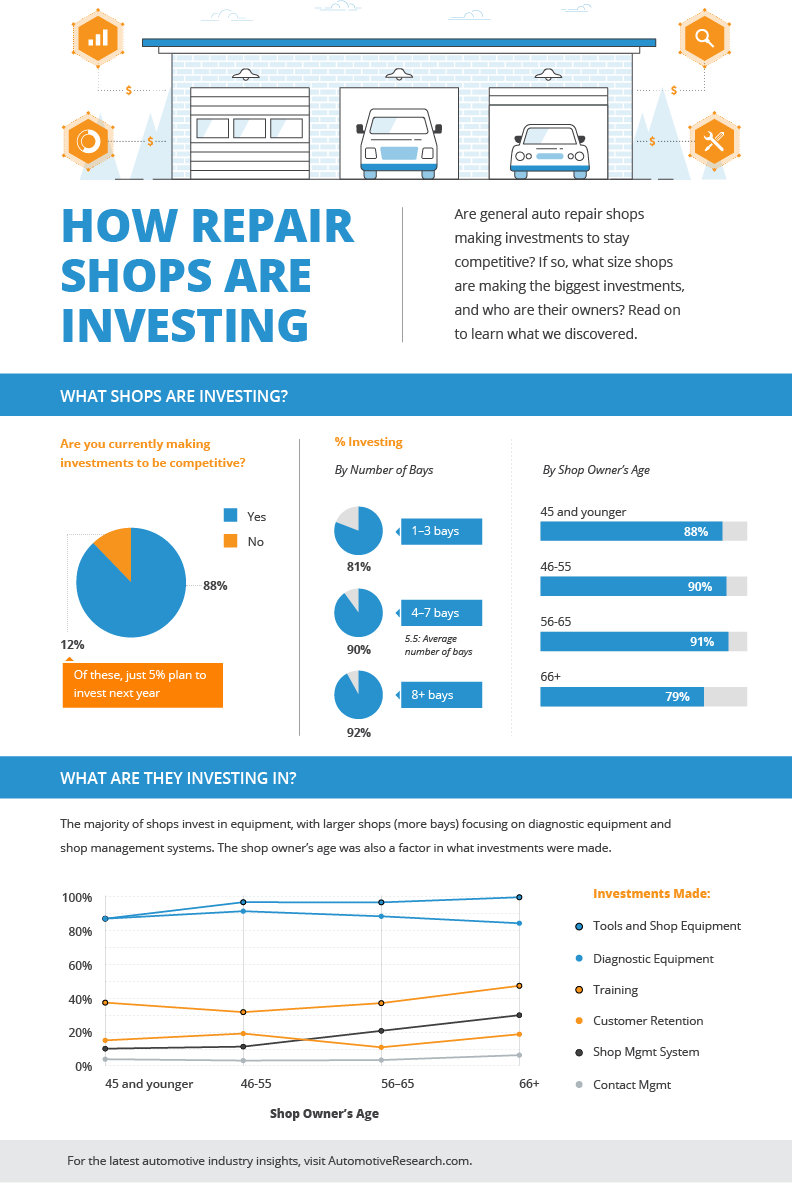Decoding Your Lorry'S Warning Indicators: What They Genuinely Represent
Decoding Your Lorry'S Warning Indicators: What They Genuinely Represent
Blog Article
Post Created By-Sykes Corbett
When you lag the wheel, those radiant warning lights on your dashboard can be a little bit difficult. Do you recognize what they're trying to inform you regarding your automobile's health and wellness? Comprehending the value of these lights is important for your safety and the long life of your vehicle. So, the following time among those lights turns up, would not you intend to decode its message properly and take the essential actions to resolve it?
Common Warning Lighting and Interpretations
Determine typical warning lights in your automobile and comprehend their meanings to ensure secure driving.
One of the most regular warning lights include the check engine light, which signals issues with the engine or emissions system. If this light begins, it's critical to have your automobile checked quickly.
The oil pressure warning light indicates low oil stress, needing instant attention to stop engine damages.
A blinking battery light could suggest a malfunctioning charging system, possibly leaving you stranded otherwise dealt with.
The tire pressure tracking system (TPMS) light informs you to reduced tire stress, influencing car stability and fuel efficiency. Neglecting this might cause unsafe driving conditions.
visit my web site shows an issue with the anti-lock braking system, jeopardizing your ability to quit quickly in emergencies.
Lastly, the coolant temperature level cautioning light warns of engine getting too hot, which can lead to extreme damages otherwise solved quickly.
Understanding these typical warning lights will aid you address problems quickly and maintain safe driving problems.
Value of Prompt Focus
Recognizing the common warning lights in your vehicle is only the initial step; the value of without delay dealing with these cautions can't be stressed enough to guarantee your safety and security when driving.
When a caution light brightens on your dashboard, it's your vehicle's way of interacting a possible problem that requires focus. Ignoring these cautions can lead to a lot more serious troubles down the road, jeopardizing your safety and security and possibly costing you extra out of commission.
Prompt focus to cautioning lights can prevent malfunctions and accidents. For example, a flashing check engine light can suggest a misfire that, if left unattended, can cause damage to the catalytic converter. Resolving this promptly can save you from a pricey repair work.
Likewise, a brake system warning light may signal reduced brake fluid or worn brake pads, essential elements for your safety when driving.
Do It Yourself Troubleshooting Tips
If you see a caution light on your control panel, there are a few DIY repairing pointers you can try before seeking expert aid.
The first step is to consult your cars and truck's manual to understand what the details caution light indicates. Occasionally adetailer can be as easy as a loosened gas cap triggering the check engine light. Tightening up the gas cap might deal with the issue.
Another typical issue is a low battery, which can activate various cautioning lights. Inspecting the battery connections for corrosion and ensuring they're safe and secure could repair the problem.
If a caution light lingers, you can try resetting it by disconnecting the vehicle's battery for a few mins and after that reconnecting it. Furthermore, inspecting your car's fluid levels, such as oil, coolant, and brake fluid, can assist fix cautioning lights connected to these systems.
Final thought
In conclusion, recognizing your auto's caution lights is important for keeping your vehicle running smoothly and securely. By promptly resolving these notifies and knowing what they mean, you can prevent expensive repair services and prospective breakdowns.
Remember to consult your auto's handbook for specific details on each advising light and take action as necessary to ensure a trouble-free driving experience.
Remain informed, stay risk-free when traveling!
